Christine Pieroth: The Nahe’s Natural Pioneer
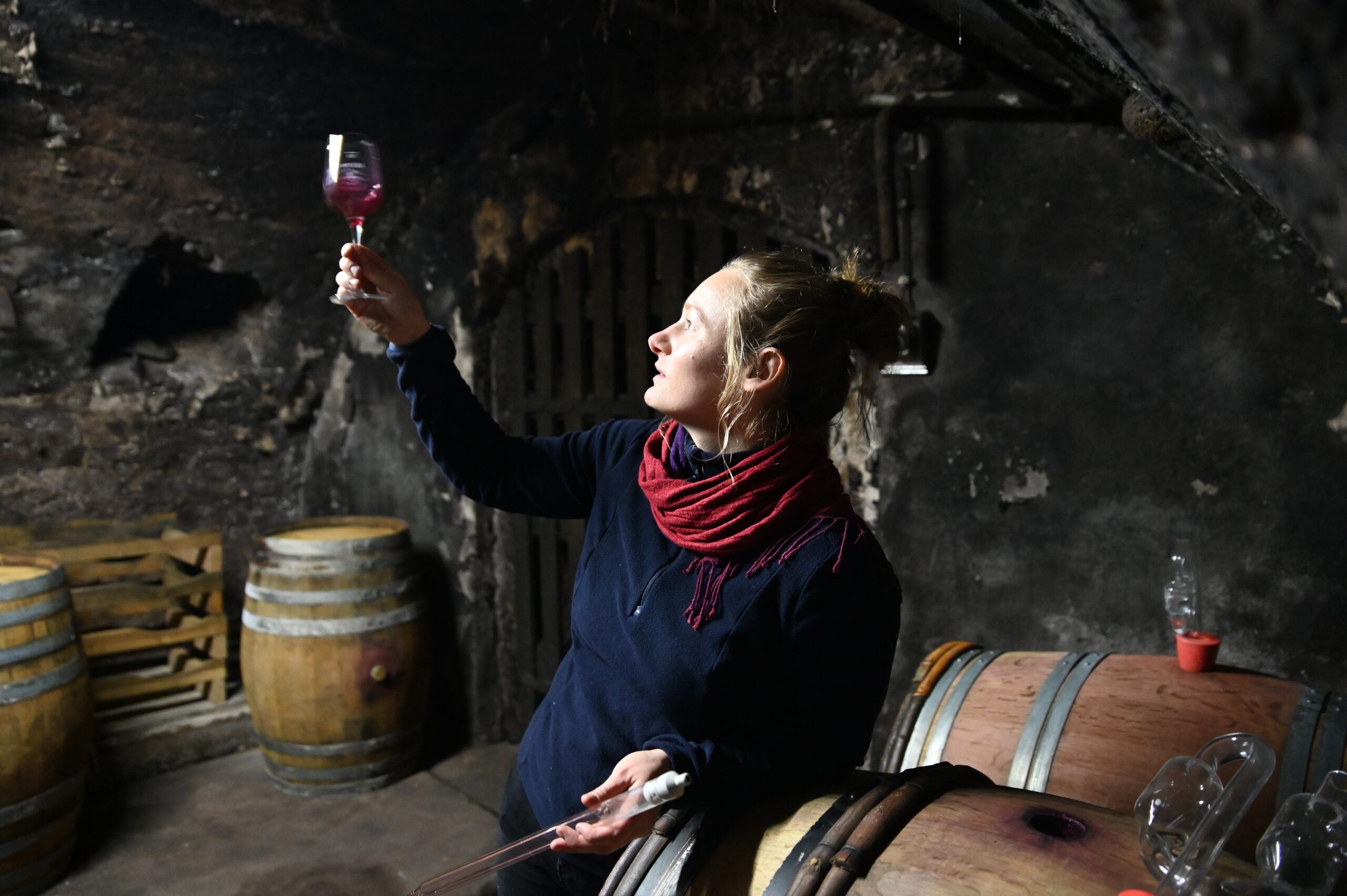
Piri Naturel is Christine Pieroth’s independent line of natural wines in Germany’s Burg Layen. Her wines bring a breath of fresh air to more straightforward Nahe’s wine scene.

Piri Naturel is Christine Pieroth’s independent line of natural wines in Germany’s Burg Layen. Her wines bring a breath of fresh air to more straightforward Nahe’s wine scene.
Stephanie Hanel, born in Munich, Bavaria, and therefore as a young adult more familiar with beer than wine, became a wine lover with her first contact with natural wine at 2Naturkinder, then dove into the Brooklyn world of natural wines, where winemakers are rock stars, and the variety of wines feels like it could never end. Best memory: summer day with heavy rain, sitting by an open window in a wine bar (only selling Italian natural
wine) and picking some olives and cheese, sipping through one and another glass. Career path: author of multimedia-productions, project manager at a publishing company, content manager of a business network, scientific communicator, composing texts about family-owned German brands and companies, editing and contributing for the website of Naturweinwelt,
and authoring books.
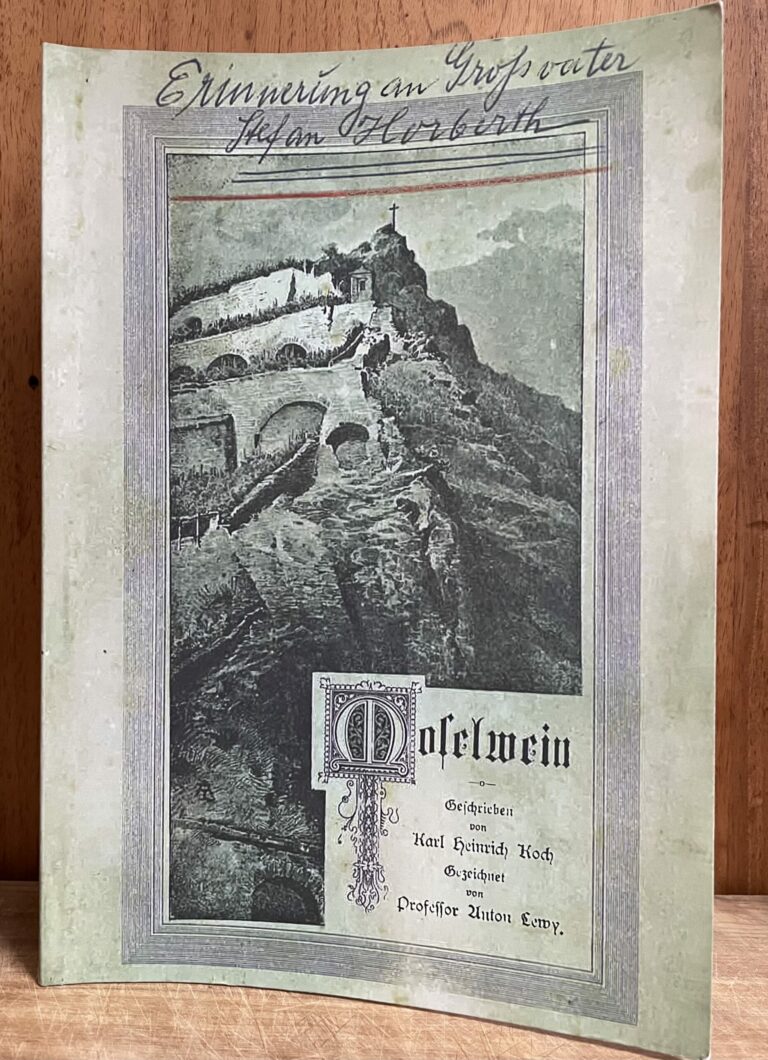
We like to think of Mosel wine as eternally glorious. The river valley’s nearly 2,000-year vinous history, its relics of Roman civilization and tributes to Celtic wine gods, its very viticulture carved with seeming permanence into stony banks all suggest an unbroken line. But an excellent new book, edited by Lars Carlberg, with able assistance from David Schildknecht, Kevin Goldberg, and Per Linder, underscores the extent to which the Mosel’s glory has been far more ebb than flow. Such awareness only makes the late 19th-century golden age that is the book’s focus more luminous. The book nests together several components…....
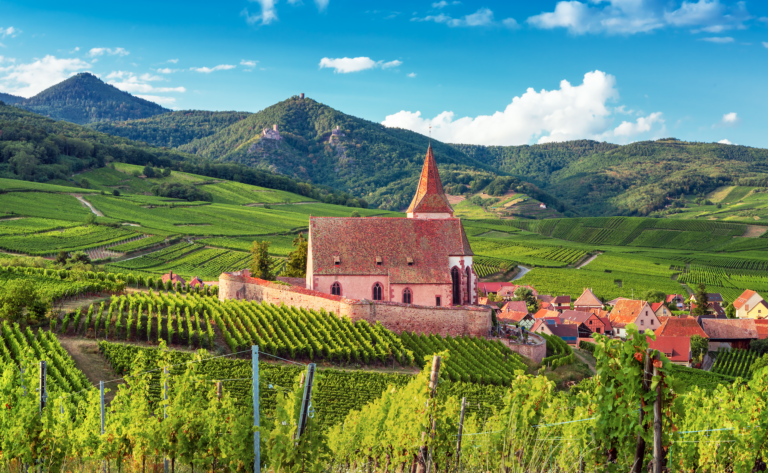
The ancient injunction to keep your friends close and your enemies closer is all very well, but in Alsace it can be hard to tell the two apart. Control of the region has swung between Germany and France like a pendulum, and the Protestantism of the one and Catholicism of the other has caused generations of religious dissidents to flee west and east respectively, to halt by the great Vosges mountains and settle on the swathe of land beside the Rhine. Which, it turned out, might have been a problematic spot in political terms, but was an ideal place to…...
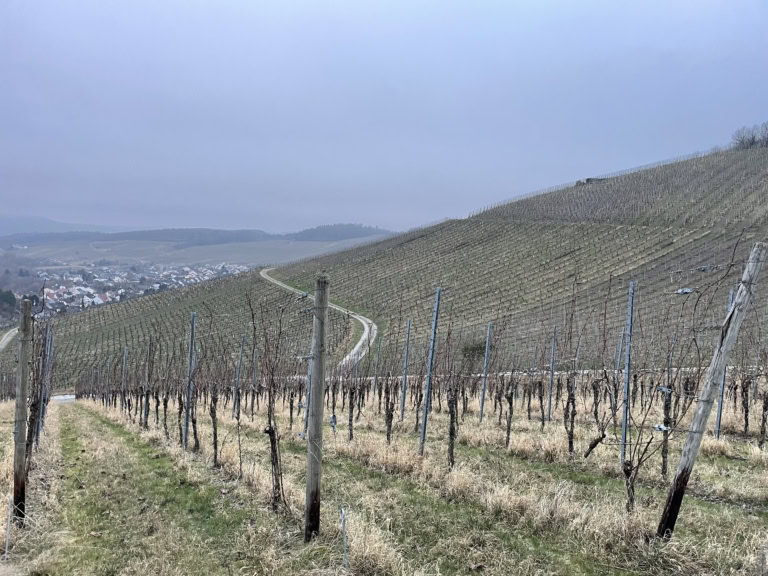
Konzer Talchen is where the Saar keeps its cool.
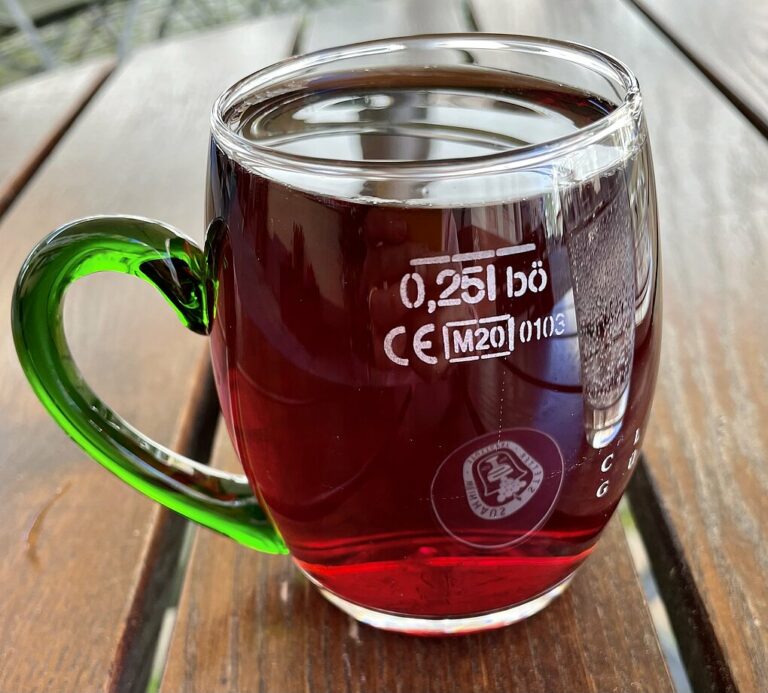
Trollinger was long decried as a poor excuse of a wine. Increasingly, growers and drinkers beg to differ.
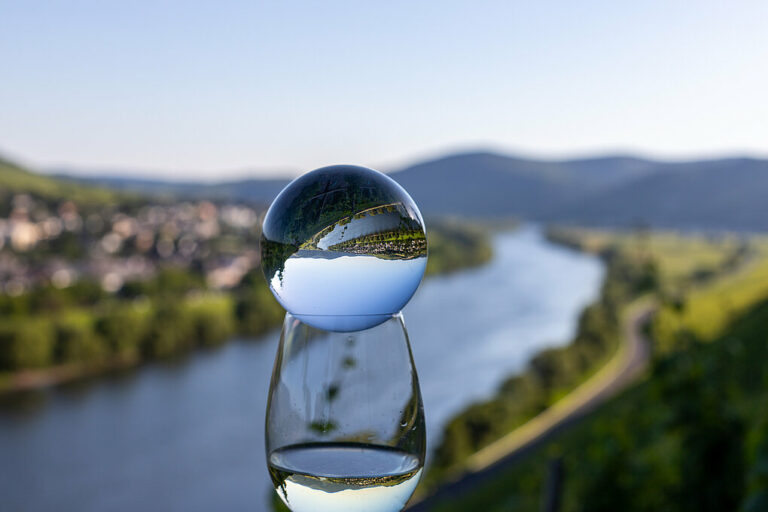
Trink Magazine | Valerie Kathawala hazards forecasts for the future of wines from Alto Adige-Südtirol, Austria, Germany, and German-speaking Switzerland.
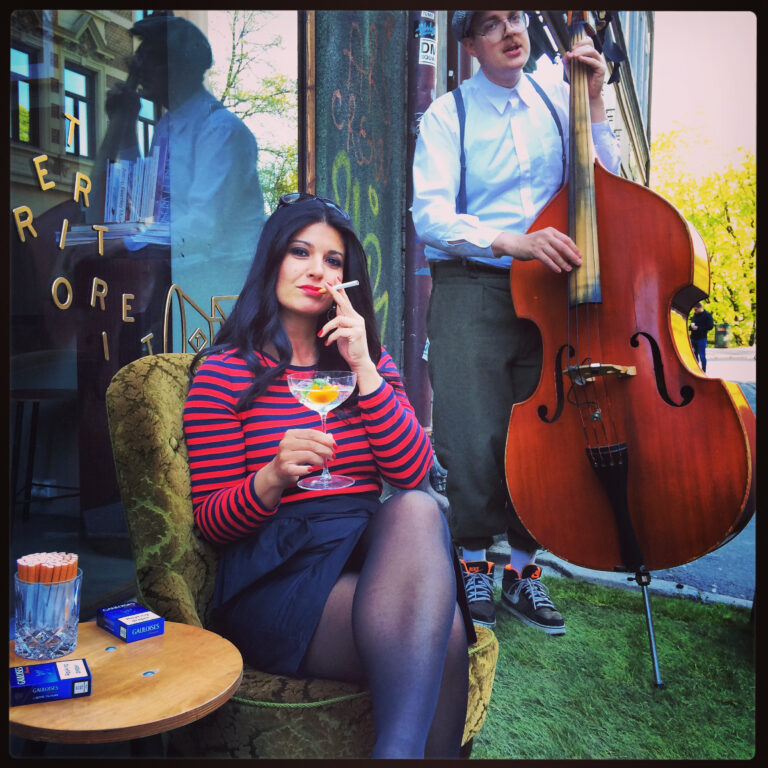
Liora Levi, high-profile sommelier, television personality, and president of ASI Norwegian Sommelier Association, came late to wine. In its own odd way, that only bolsters her bona fides as a daughter of the north. The countries to the north of the umlaut region can generally be viewed as latecomers to the joys of wine, and white wine in particular. But times change, and opinion makers like Levi have now helped the Nordics become prime drivers of the Riesling Revolution. It is a boom time for whites under the northern lights. As Levi explains in an interview with TRINK, the delayed…...
Enjoy unlimited access to TRINK! | Subscribe Today